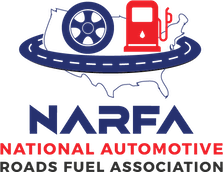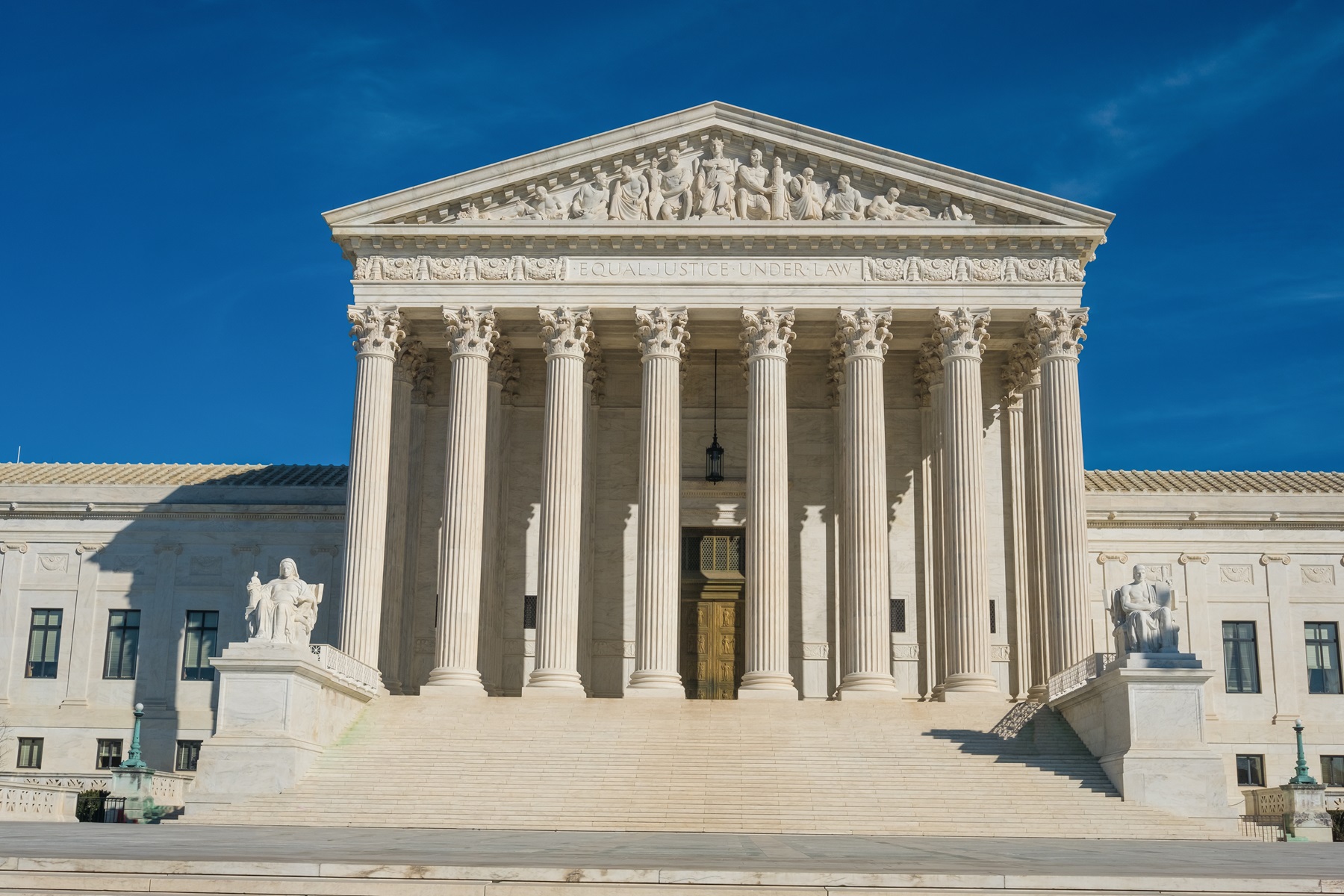The landscape of federal regulation is set for a seismic shift following a recent Supreme Court decision. On June 28, in Loper Bright Enterprises, et al, v. Raimondo, the court overturned a 40-year-old precedent known as the Chevron deference. This ruling is poised to significantly impact how federal agencies, including OSHA, regulate safety and health in the workplace.
What was Chevron deference?
The Chevron deference, established in the 1984 case Chevron v. Natural Resources Defense Council, gave federal agencies substantial power to interpret ambiguous statutes within their jurisdiction. If Congress hadn’t directly addressed an issue, courts were to defer to an agency’s interpretation as long as it was reasonable.
Why does this matter?
For four decades, the Chevron doctrine has been the cornerstone of administrative law in the United States. It allowed agencies like OSHA, EPA, and FDA to respond swiftly to emerging issues and apply their expertise to complex regulatory challenges.
What changes now?
With Chevron overturned, federal agencies may face more hurdles in creating and enforcing regulations. Courts will likely play a larger role in interpreting statutes, potentially leading to less consistent regulations across different jurisdictions.
Implications for workplace safety:
1. Regulatory uncertainty: OSHA and other agencies may face increased challenges when implementing new safety standards.
2. Slower responses: Agencies might be less agile in addressing emerging workplace hazards.
3. Increased litigation: We may see more court challenges to existing and future safety regulations.
4. Potential inconsistencies: Different court interpretations could lead to varying safety standards across regions.
What does this mean for businesses?
The impact on businesses is likely to be mixed. Some may benefit from potentially reduced regulatory burdens, while others might face challenges due to increased uncertainty and inconsistent interpretations of safety standards.
Looking ahead:
As the dust settles on this landmark decision, businesses, regulators, and safety professionals will need to navigate a new regulatory landscape. It’s more important than ever for companies to stay informed about legal developments and maintain robust safety programs that go beyond minimum compliance.
While the full implications of this ruling will take time to unfold, one thing is clear: the way federal agencies regulate workplace safety and health is set for significant change. As always, employee safety should remain at the forefront of business operations, regardless of regulatory shifts.
Please contact our team for questions on this decision, as we continue to monitor further developments.
Recent Posts
7 Health Insurance Renewal Questions Every Business Owner Must Ask
Every year, business owners walk into their health insurance renewal meetings expecting a fair review, and walk out facing another unexplained increase.This year, change that.Instead [...]
Massachusetts Pay Transparency Law (2025): Compliance Guide for Employers
What Is the Massachusetts Pay Transparency Law?Beginning October 29, 2025, Massachusetts employers with 25 or more employees must disclose pay ranges in job postings and [...]
AICC Leads the Way: How Integrated Mental Health Support Creates Safer Workplaces
The Game-Changing Benefit Most Workers' Comp Programs Miss While traditional self-insured workers' compensation programs focus solely on handling claims after injuries occur, the AICC leads [...]




